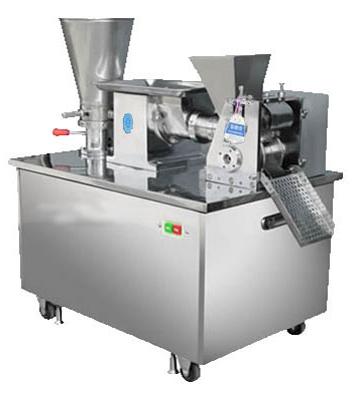Manufacturing process
1. Production processes.
The set of actions leading to the creation of a product is called a production process.
A set of actions leading to the creation of simple parts is called a simple process.
The set of actions leading to the creation of a finished product is called complex.
The production process is divided into: service, auxiliary and basic.
All that provides the ability to perform auxiliary and basic processes is referred to as serving.
All that is created to ensure or facilitate the implementation of the main process is referred to as auxiliary.
All processes, including technological and natural, as a result of which the final product appears, is considered to be the main one.
The production process of the enterprise is complicated, the poet divides it into smaller ones, which can be localized by some degree of completeness.
Further, they are divided into technological operations, which are characterized by the locality of execution in one workplace, with one tool.
Technological operations also have their own classification.
Depending on the variety of technological operations and their complexity, the production process is divided into simple and complex.
2. Modeling.
Any production is a complex and expensive system, which is built for a long time.
Before the beginning of creation of manufacture always spend modeling of processes of this system since Possible errors or miscalculations will be very expensive, right up to the complete closure of production.
Modeling of production processes includes:
- definition, description and documentation of processes
- critical analysis of processes for optimality
- definition of measures for process optimization
Purpose of the simulation:
- improvement of product quality
- reduction of production costs
- controllability and forecasting
Enlarged, the simulation consists of three stages:
- fact analysis
- diagnostics and conclusions
- solutions
3. Organization of production.
The methods of organization of the production process are the basis that determines and on which the effectiveness of the use of the resources available to the enterprise with maximum benefit depends.
There are three methods:
Method 1: In-stream.
It is used when it is necessary or expedient to use conveyor production.
Main characteristics: consistent execution of various operations; a minute study of the interaction of all work points at a single point in time; full consistency of loading and shipment of raw materials, materials and finished products; constant working condition of all tools and mechanisms of the conveyor.
Main disadvantages: low flexibility of production; monotony of labor of workers.
Method 2: Partial.
It is used when it is necessary or expedient to create a serial production.
Main characteristics: parallel execution of various operations on different batches of the product; the completion of the finished product from the nodes of different lots.
The main drawbacks: regular equipment changeover.
Method 3: Single.
It is used when it is necessary or expedient to manufacture the final product in small, single quantities or manufacture a unique product.
Main characteristics: uniqueness or universality of technology and equipment; personnel of high and wide qualification, their interchangeability; complex supply of production.
The main disadvantages: high cost of the finished product.
In the conditions of severe competition, the efficiency of production is provided by comprehensive, programmatic methods.



